Commenti / Domande (64)
![]() Agneta Dennbrink ha scritto:
Agneta Dennbrink ha scritto:
Vill sticka den här capen men Vivaldi finns inte längre. Vilket garn ska jag ta i stället. Kan man utesluta glitter?
26.09.2024 - 14:35DROPS Design ha risposto:
Hei Agneta. Bruk vår garnkalkulator (Garnforbruk ved alternativt garn – Bruk vår garnkalkulator her). Linken finner du til høyre eller under bildet. Klikk på den og deretter fyll inn informasjon (hvilket garn du ønsker å erstatte, hvor mange garn den opprinnelig oppskriften trenger og evnt om den er strikket med flere tråder (Glitter er kun en effekt tråd). Du vil da f.eks få opp DROPS Brushed Alpaca Silk (1 tråd) og DROPS Kid-Silk (2 tråder). Og ja, Glitter behøvs inte. mvh DROPS Design
30.09.2024 - 14:17
![]() Guylaine Reid ha scritto:
Guylaine Reid ha scritto:
Au début du tricot vous dites tricoter un rang endroit sur l'envers. Après avoir monter les mailles le début du tricot est sur l'endroit, alors je ne comprend pas, comment je peux tricoter à l'envers. Merci Guylaine Reid
18.08.2024 - 17:49DROPS Design ha risposto:
Bonjour Mme Reid, dans ce modèle, le 1er rang sera un rang sur l'envers, on va donc tricoter les mailles à l'endroit et commencer sur l'endroit au rang suivant. Bon tricot!
19.08.2024 - 08:28
![]() Annie ha scritto:
Annie ha scritto:
Bonjour, je recherche un modèle , en français, de petite cape au crochet pour bébé . Je ne trouve que des modèles en chinois. Merci Pour l’aide que vous pourrez m’apporter.
07.07.2024 - 19:29DROPS Design ha risposto:
Bonjour Annie, recherchez sur notre site dans la section LAYETTE, selectionnez CROCHET. Si la cape n'est pas disponible, vous pouvez transformer un de nos gilets crochet. Bon travail!
13.07.2024 - 14:19
![]() Sonia ha scritto:
Sonia ha scritto:
Je commence le motif M1. J'ai 383 mailles. Je tricote mon premier rang et j'ai toujours 3 mailles de trop à la fin de mon rang. Je le fais comme suit: 5 mailles au point mousse, M1A, M1B et M1C et je recommence avec le M1A ainsi de suite jusqu'à la fin et je termine avec 5 mailles au point mousse mais entre mon dernier M1C et 5 mailles au point mousse, il me reste toujours 3 mailles. Qu'est-ce que je ne fais pas comme il faut?Merci!
02.03.2022 - 13:01DROPS Design ha risposto:
Bonjour Sonia, vous devez juste répéter M.1B, M.1A montre seulement comment le motif commence après les 5 mailles de bordure devant et M.1C comment terminer le motif avant les 5 mailles de bordure devant; c'est peut-être juste une faute de frappe, mais vous devez avoir au total soit 333 mailles en S/M soit 389 mailles en L/XL (pas 383). Bon tricot!
03.03.2022 - 10:46
![]() Deborah Bohnenstiehl ha scritto:
Deborah Bohnenstiehl ha scritto:
I am making Drops 105-27. Working row 47on M.1 chart. On M.1A there is an extra stitch in the 12 stitches group. Checked and in each 12 stitch there will be I extra stitch. Do I just move my markers?
02.07.2021 - 13:18DROPS Design ha risposto:
Dear Mrs Bohnenstiehl, on row 47, the last stitch in M.1A will be worked together with the first 2 sts in M.1B (= slip 1 as if to K = last st in A, k2 tog (first 2 sts in B)) and at the end of B, work the last stitch in B tog with the next 2 sts in B the same way. Make sure there are always the same number of sts as before in each repeat. Happy knitting!
02.07.2021 - 14:28
![]() Murielle Le Henaff ha scritto:
Murielle Le Henaff ha scritto:
Bonjour je cherche une capeline au tricot avec des aiguilles numéro 4,5 ou 5 svp
10.12.2020 - 13:14DROPS Design ha risposto:
Bonjour Mme Le Henaff, vous trouverez ici tous nos modèles de capes/ponchos/chauffe-épaules, n'hésitez pas à ajouter des filtres si besoin. Bon tricot!
10.12.2020 - 14:02
![]() Annika ha scritto:
Annika ha scritto:
Buongiorno,ho quasi finito questo bellissimo modello,ma ho un dubbio:dopo il decimo ferro del diagramma M.2 ,la prima delle 6 maglie rimaste la lavoro a maglia rasata fino alla fine del diagramma, evitando diminuzioni e gettati?Grazie.
19.10.2019 - 09:05DROPS Design ha risposto:
Buongiorno Annika, esattamente, dal decimo giro in avanti lavora la 1° delle 6 maglie rimaste sempre a maglia rasata. Buon lavoro!
19.10.2019 - 09:53
![]() Brenda ha scritto:
Brenda ha scritto:
In this pattern why do you decrease during the first few rows before starting the actual pattern? Is it to stop the garment from rolling up? I have never seen this in a pattern before.
02.12.2018 - 18:27DROPS Design ha risposto:
Dear Brenda, the decreases made on the very first row will shape the first tips that will happen when working M.1 and M.1B (= diagrams) on next row from RS. Happy knitting!
03.12.2018 - 10:13
![]() DROPS Design ha scritto:
DROPS Design ha scritto:
Glitter is just an effect, and doesn't mean anything for the gauge. You can use it or you can knit without it. It's very important to make a sample. The yarn used for that is not a waste :-) It's part of the project.
15.04.2009 - 17:15
![]() Christin ha scritto:
Christin ha scritto:
Hi! Can I use a yarn other than Glitter for this pattern? I was thinking of Safran or Cotton Viscose. What do you think? If I knit the gauge sample, how do I unravel the Vivaldi again? It gets all tangled up and the yarn is too precious to be wasted. Do you have an advice for me? Thanks for your help!
15.04.2009 - 07:31
DROPS 105-27 |
|||||||||||||||||||
|
|
|||||||||||||||||||
Scialle DROPS, con motivo traforato, in "Vivaldi" e "Glitter".
DROPS 105-27 |
|||||||||||||||||||
|
PUNTO LEGACCIO (avanti e indietro sui ferri): Lavorare tutti i ferri a dir. MOTIVO: Vedere i diagrammi M.1 e M.2. I diagrammi mostrano il motivo sul diritto del lavoro. ASOLE: Intrecciare le m per le asole sul bordo davanti destro. 1 asola= lavorare insieme a dir la 3a e la 4a m dal bordo e fare 1 m gettata. Intrecciare le m per le asole quando il lavoro misura 23, 28, 33, 38 e 43 cm. SCIALLE: Si lavora avanti e indietro sui ferri circolari. Avviare, senza stringere troppo il filo, 333-389-445 m sui ferri circolari n° 3,5 con 1 capo del filato Vivaldi e 1 capo del filato Glitter. Lavorare 1 ferro a dir sul rovescio del lavoro. Lavorare il ferro successivo, come segue: 5 m a punto legaccio (= bordo davanti), * 6 m dir, passare 1 m a dir senza lavorarla, 2 m insieme a dir, accavallare la m passata sulla m lavorata, 5 m dir *, ripetere da *-* e finire il ferro con 1 m dir, 5 m a punto legaccio = 287-335-383 m. Lavorare 1 ferro a rov sul rovescio del lavoro. Lavorare il ferro successivo come segue: 5 m a punto legaccio, diagramma M.1A (= 12 m), diagramma M.1B sulle 252-300-348 m successive, diagramma M.1C (= 13 m), 5 m a punto legaccio. RICORDARSI LA TENSIONE DEL LAVORO. Lavorare 1 ripetizione in verticale del diagramma M.1 + 1 ripetizione fino al ferro indicato dalla freccia nel diagramma. Il lavoro misura ora ca. 35 cm. Proseguire con le diminuzioni del diagramma M.2 come segue: 5 m a punto legaccio, diagramma M.2 finché non rimangono 6 m sui ferri, lavorare la prima di queste 6 m seguendo il motivo per i primi 10 ferri, poi lavorarla a maglia rasata, lavorare le ultime 5 m a punto legaccio. Proseguire seguendo il diagramma M.2. Una volta completato il diagramma M.2, sui ferri ci sono 126-146-166 m e il lavoro misura ca. 43 cm. Lavorare 6 ferri a punto legaccio su tutte le m; intrecciare le m senza stringere troppo il filo. Attaccare i bottoni sul bordo davanti sinistro. |
|||||||||||||||||||
Spiegazioni del diagramma |
|||||||||||||||||||
|
|||||||||||||||||||
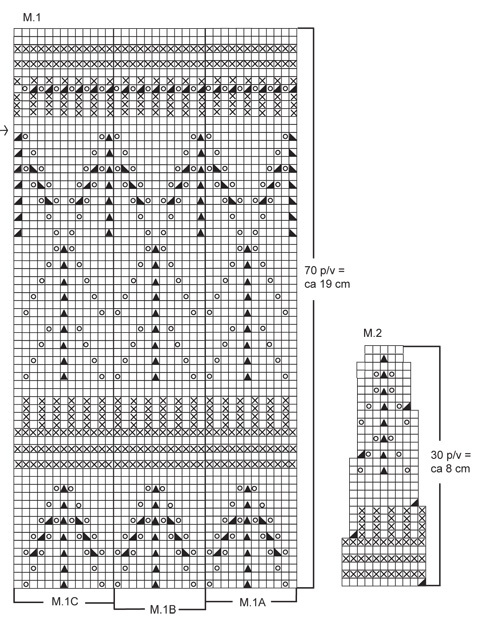 |
|||||||||||||||||||
Avete terminato questo modello?Allora taggate le vostre foto con #dropspattern o inviatele alla #dropsfan gallery. Avete bisogno di aiuto con questo modello?Troverete 13 video tutorial, una sezione per i commenti/domande e molto altro guardando il modello su www.garnstudio.com © 1982-2025 DROPS Design A/S. Ci riserviamo tutti i diritti. Questo documento, compreso tutte le sue sotto-sezioni, è protetto dalle leggi sul copyright. Potete leggere quello che potete fare con i nostri modelli alla fine di ogni modello sul nostro sito. |
|||||||||||||||||||








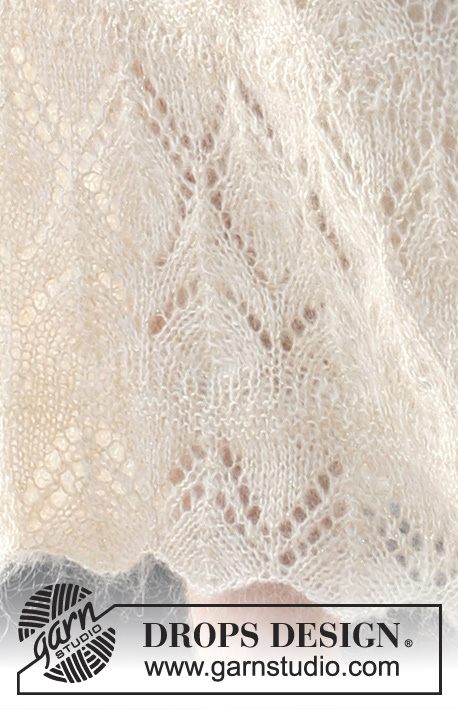


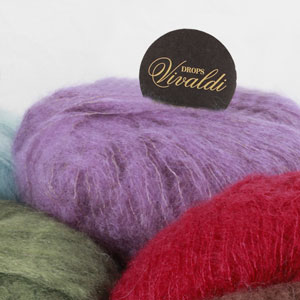

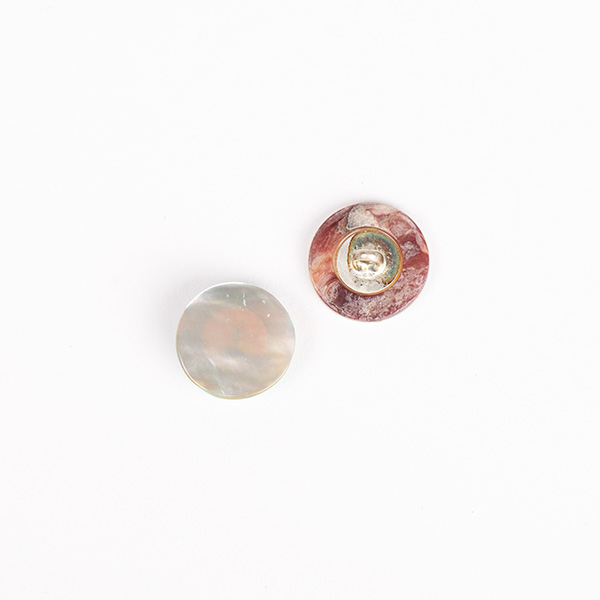


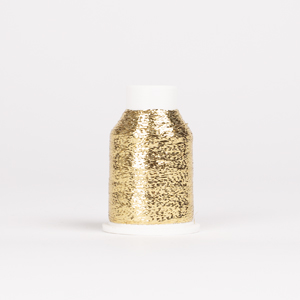






















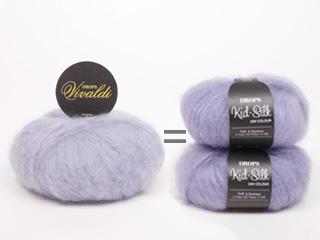












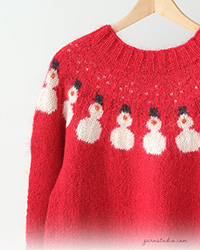

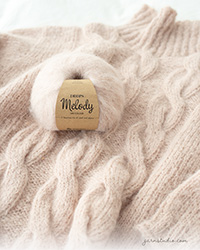


Lasciare un commento sul modello DROPS 105-27
Noi saremmo felici di ricevere i tuoi commenti e opinioni su questo modello!
Se vuoi fare una domanda, fai per favore attenzione a selezionare la categoria corretta nella casella qui sotto per velocizzare il processo di risposta. I campi richiesti sono indicati da *.